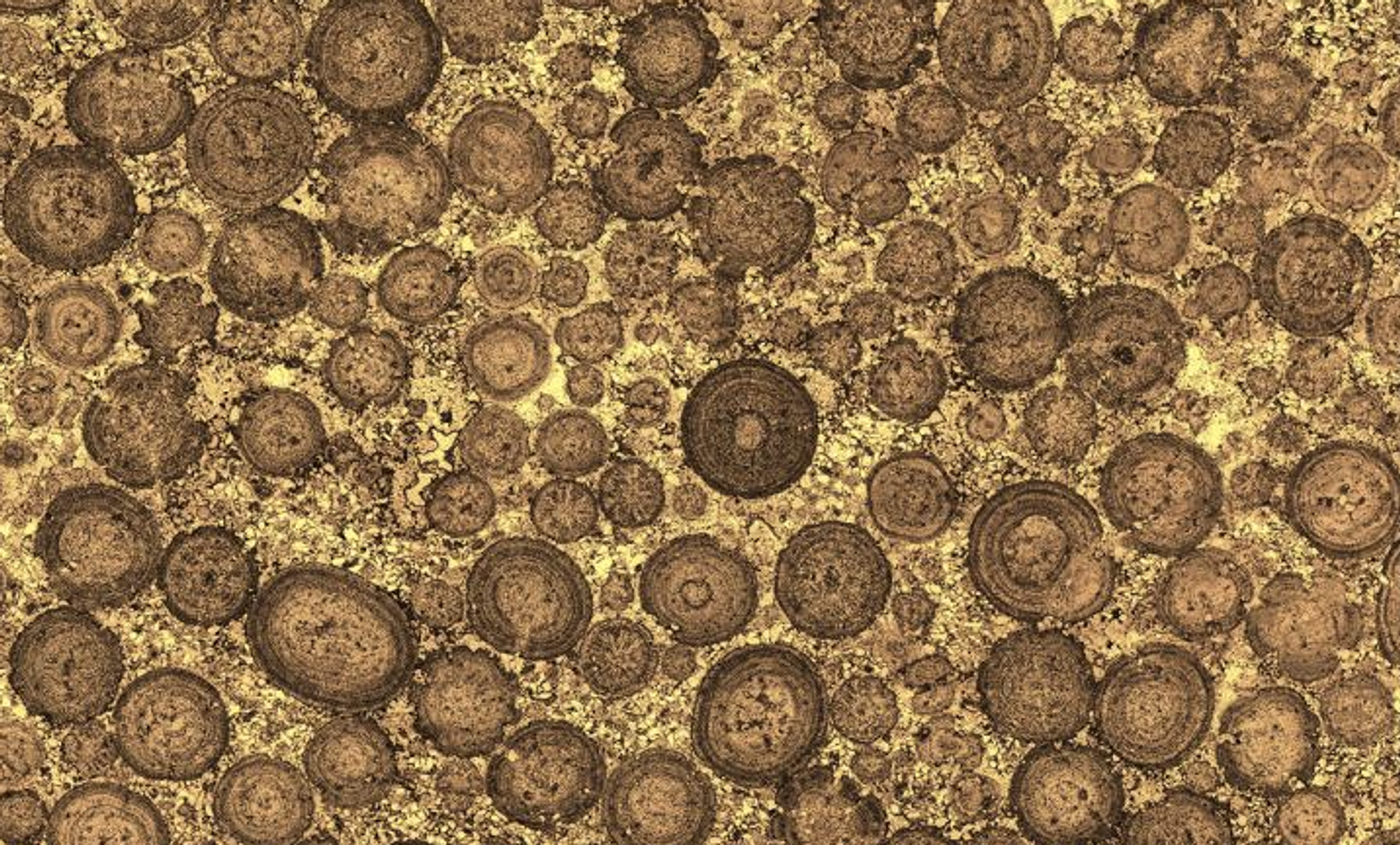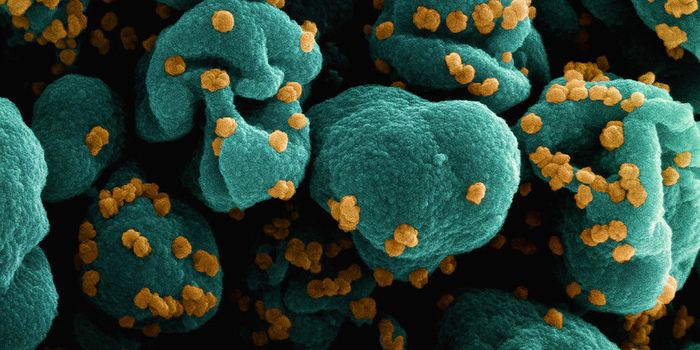Ancient Microbes Helped Construct Buildings
A research team led by The Australian National University (ANU) has uncovered the fascinating origins of some of the foundations of our most famous buildings, like the Empire State Building, Buckingham Palace, and the Pentagon; it seems we have ancient microbes to thank. These microorganisms predate dinosaurs, they lived about 340 million years ago, forming into concentric layers and turning to minerals.
Oolitic limestone is made up of spheres of carbonate about a millimeter in diameter, called ooids. One investigator, Dr. Bob Burne of ANU Research School of Earth Sciences noted that this debunks a popular theory about ooids. It was thought that they formed as grains moved around on the floor of the ocean. Gradually accumulating sediment like a snowball. Their work has been published in the journal Scientific Reports.
"We have proposed a radically different explanation for the origin of ooids that explains their definitive features," Burne said. "Our research has highlighted yet another vital role that microbes play on Earth and in our lives."
Various kinds of oolite limestone were generated over a variety of geological periods. It can be found all over the world, from the United States to the Bahamas, Europe, China, and even in Western Australia, at Shark Bay.
Humans have known about oolitic limestone, and used it since ancient times, said Burne. "Many oolitic limestones form excellent building stones because they are strong and lightweight," he added.
"Mississippian oolite found in Indiana in the US has been used to build parts of the Pentagon in Virginia and parts of the Empire State Building in New York City. Jurassic oolite in England has been used to construct Buckingham Palace and much of the City of Bath, the British Museum and St Paul's Cathedral."
"Our mathematical model explains the concentric accumulation of layers, and predicts a limiting size of ooids," said Professor Murray Batchelor, who led the work from the Research School of Physics and Engineering and the Mathematical Sciences Institute at ANU.
"We considered the problem theoretically using an approach inspired by a mathematical model developed in 1972 for the growth of some brain tumors."
Professor Batchelor suggested that these findings may also aid in our understanding of the effects of past changes in climate.
Site: Science Daily via ANU, Scientific Reports









